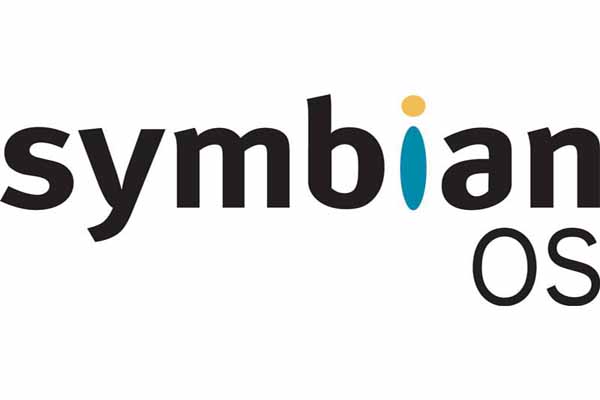Fedora 11 hits public release
Fedora 11 moves to a new file system, among other improvements.

The final release of Fedora 11 brings with it a host of incremental improvements intended to build on the already solid Fedora 10.
Chief among these is the move to the Ext4 file system, which Fedora claims should improve performance and responsiveness across the board.
Indeed, performance has been something of a buzzword for Leonidas. Red Hat claimed PCs running the OS should hit the login screen in around 20 seconds, which is an impressive feat considering its predecessor was around 10 seconds slower and still felt fairly swift.
Much of the credit for this goes to the Plymouth boot tool introduced six months ago in Fedora 10, but refined here. Plymouth is a kernel mode graphical boot system that speeds up the boot process by redefining how Linux handles graphics cards. Fedora 11 brings with it support for a bunch of older ATI, Nvidia and Intel graphics chips.
The software has also had an overhaul. Fedora 11 includes the Gnome 2.26.1 and KDE 4.2.3 desktop environments, as well as the Firefox 3.5 beta 4 browser and OpenOffice 3.1. Fedora 11's now on the Linux 2.6.29 kernel.
The PackageKit package manager has also been tweaked and can now root out and install missing fonts and codecs if you happen across a file Fedora doesn't recognise.
Another interesting feature is the ability to perform a minimal 500MB install, which should appeal to those looking to set up a server on older hardware. Of course, the 500MB version is seriously light on features and software.
Get the ITPro daily newsletter
Sign up today and you will receive a free copy of our Future Focus 2025 report - the leading guidance on AI, cybersecurity and other IT challenges as per 700+ senior executives
-
 Bigger salaries, more burnout: Is the CISO role in crisis?
Bigger salaries, more burnout: Is the CISO role in crisis?In-depth CISOs are more stressed than ever before – but why is this and what can be done?
By Kate O'Flaherty Published
-
 Cheap cyber crime kits can be bought on the dark web for less than $25
Cheap cyber crime kits can be bought on the dark web for less than $25News Research from NordVPN shows phishing kits are now widely available on the dark web and via messaging apps like Telegram, and are often selling for less than $25.
By Emma Woollacott Published
-
 Red Hat Enterprise Linux becomes foundational operating system for Cohesity Data Cloud
Red Hat Enterprise Linux becomes foundational operating system for Cohesity Data CloudNews New strategic partnership between Red Hat and Cohesity aims to drive innovation in the data security and management space
By Daniel Todd Published
-
 AlmaLinux follows Oracle in ditching RHEL compatibility
AlmaLinux follows Oracle in ditching RHEL compatibilityNews Application binary compatibility is now the aim with 1:1 now dropped
By Richard Speed Published
-
 Ubuntu 11.10 code named Oneiric Ocelot
Ubuntu 11.10 code named Oneiric OcelotNews The next version of the open source OS will continue the double-barrelled, animal-themed naming convention of is predecessors.
By Nicole Kobie Published
-
 Symbian microkernel goes open source
Symbian microkernel goes open sourceNews Heart of Symbian OS made available to developers in 'Kernel Taster kit' some nine months ahead of schedule.
By Martin James Published
-
 Latest Ubuntu available for download
Latest Ubuntu available for downloadNews Just a week after the release candidate, Canonical has made the latest Ubuntu desktop and server versions available for download.
By Stuart Turton Published
-
 Ubuntu gets jaunty with newest release
Ubuntu gets jaunty with newest releaseNews The next version of Ubuntu has been dubbed Jaunty Jackalope, and looks set to take on Microsoft and Apple.
By Stuart Turton Published